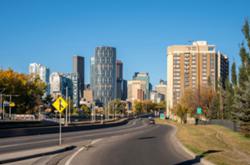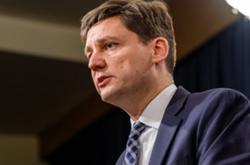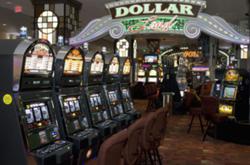With the vast majority of COVID-19 transmission in B.C. taking place indoors, public health order updates today will again allow British Columbians to gather in small groups outdoors.
The change, which allows distanced outdoor gatherings with up to 10 people who are part of a consistent group, isn’t expected to exacerbate persistently high case numbers in the province, said provincial health officer Dr. Bonnie Henry.
“We know where the riskiest settings are, we know it’s when we’re indoors in crowded situations and we’re with others,” Henry said today.
Most of these cases are in the Lower Mainland, but the risk is everywhere, she warned.
“It is important after these months that we have put towards trying to prevent the spread that we need to focus on the things we can do and can do safely.”
Liquor sales will also be banned between 8 p.m. on March 17 until the following morning at 9 a.m. to reduce the risk of large gatherings for St. Patrick’s Day, a move that echoes a highly criticized last-minute change for New Year’s Eve.
Measures that limit indoor gatherings and dining to one’s household are unchanged, Henry noted. “This is slowly turning the dial, it’s not flipping the switch.”
New modelling presented today shows B.C. remains on the precipice of a rapid resurgence of cases and people are having, on average, about 60 per cent of their normal pre-pandemic contacts.
Community transmission is high, and fuelled by indoor gatherings that defy public health orders and outbreaks in essential workplaces where distancing is impossible and COVID-19 protocols may not be properly followed.
“We know this virus can spread underground sometimes before we can notice it is causing an outbreak,” said Henry.
The reproductive rate hovers at or slightly above one in every region of the province, meaning that each case tends to cause slightly more than one additional case.
“We are seeing that these are increasing, which tells us that every transmission in the community puts a little more risk into the scenarios we have,” said Henry.
And that is a risk when more transmissible variants of concern account for less than 10 per cent of new cases, a small but significant number.
In Ontario, variants make up around 40 per cent of new cases, causing a “second pandemic.”
That hasn’t happened here yet, said Henry, but the risks of variants taking hold make it important to take the reproductive rate far below one.
“We are following up as public health and making it a priority to understand the case and contact management of who has these variants, because we have seen what has happened around the world,” said Henry.
Statistics presented today show that 2020 saw about 5,000 more deaths in B.C. than expected, largely a result of the 1,397 COVID-19 related deaths and worsening illicit drug poisoning that saw 1,726 people die in 2020.
The virus was the eighth-leading cause of death last year compared to the overdose crisis, B.C.’s longest-running public health emergency, which was the fifth largest cause.
In terms of potential years of life lost, overdose deaths took the second-highest toll, while the pandemic ranked in 11th place, a reflection of its disproportionate risk to seniors and elders.
Vaccinations have also resulted in an approximately 80-per-cent decrease in cases in long-term care and health-care settings within two weeks after the first shot, despite two ongoing outbreaks in care homes where residents were vaccinated.
Vaccines are not perfect, said Henry, and this shows the importance of keeping transmission low “so we don’t give this virus a chance to change.”
Infectious diseases expert Dr. Brian Conway wants to see B.C. ramp up testing and education in risky work and social environments.
But the path toward bending the curve back down remains unclear, with testing still far below the provincial capacity of 20,000 tests per day, and public acknowledgement that some people are simply not following the rules.
“We have made the biggest difference by our individual actions that give us collective safety,” said Henry. ![]()
Read more: Coronavirus, BC Politics

















Tyee Commenting Guidelines
Comments that violate guidelines risk being deleted, and violations may result in a temporary or permanent user ban. Maintain the spirit of good conversation to stay in the discussion.
*Please note The Tyee is not a forum for spreading misinformation about COVID-19, denying its existence or minimizing its risk to public health.
Do:
Do not: